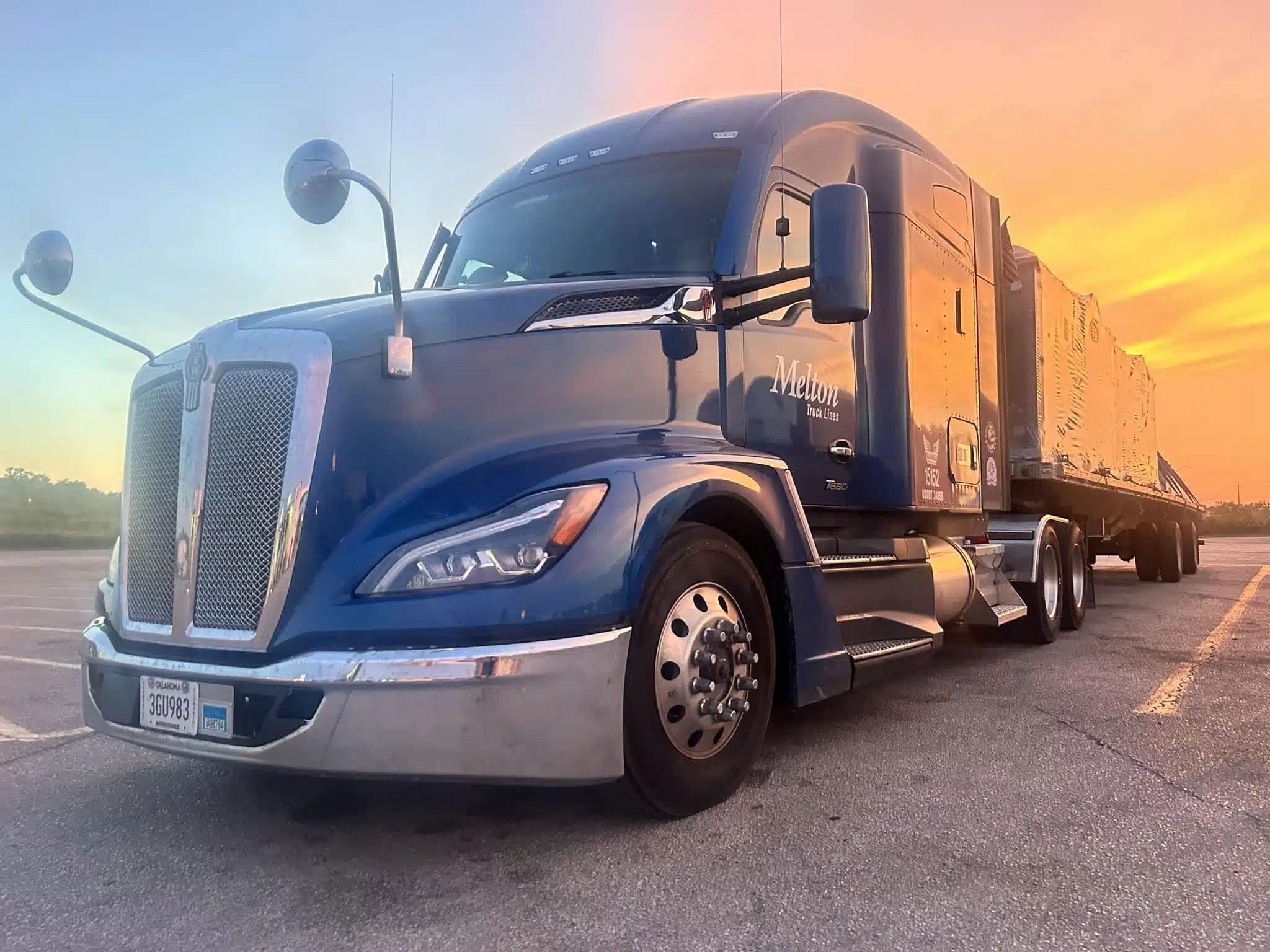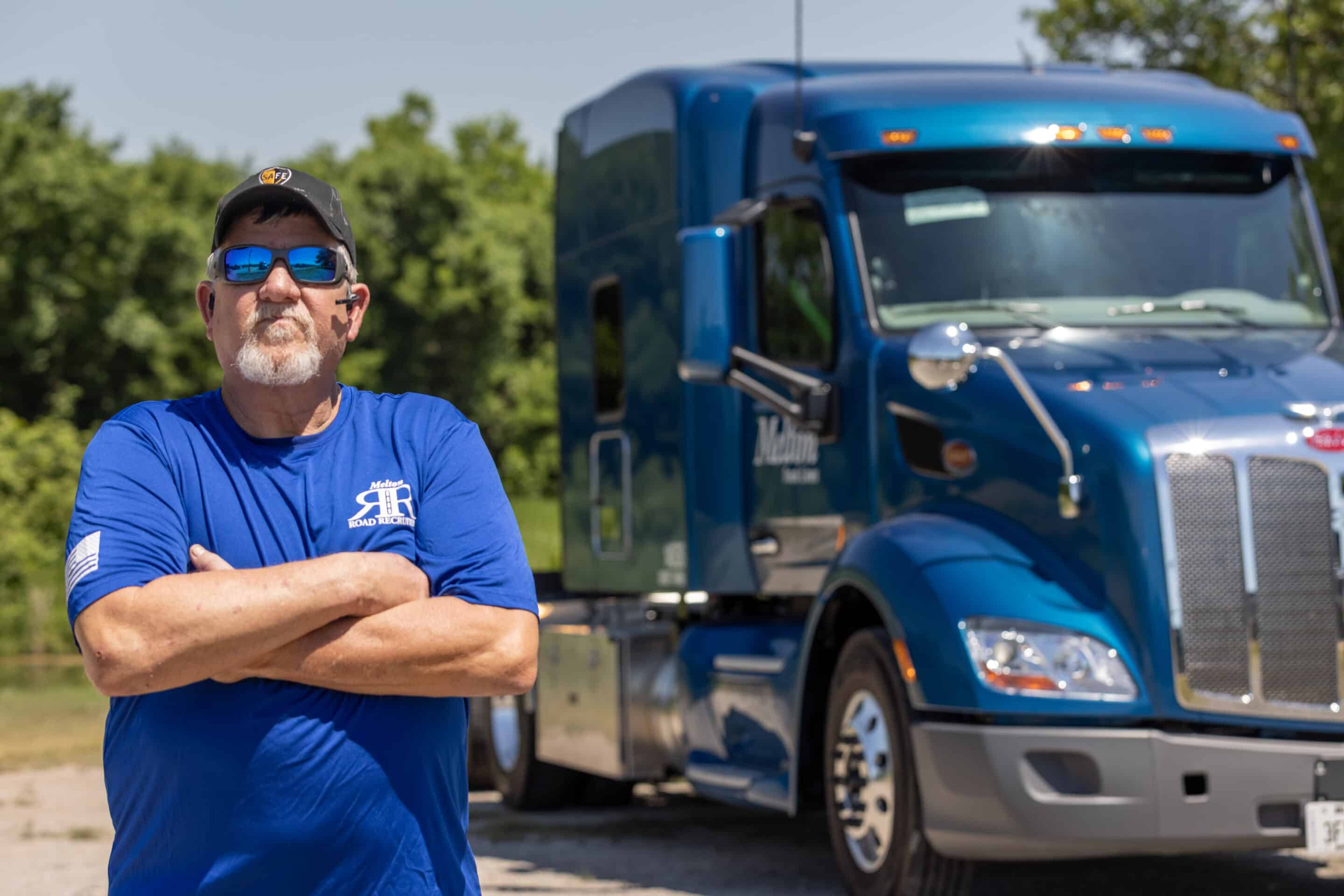Causes of Back Pain & Injury Prevention Tips
Flatbed trucking jobs are some of the most labor intensive in the transportation industry. From picking up and adjusting 8 pound tarps to load securement, there’s many ways for drivers to sustain short or long-term injuries if they’re not careful. Those finding themselves in an entry level truck driving job, or drivers who are new to flatbed, may not be aware of the potential risks associated with the job, if you don’t use best practice. However, flatbed drivers aren’t the only ones at risk for back injury, it could happen to anybody. Don’t worry, we are here to help! Keep reading to learn about what causes back injuries and general tips for preventing them.
How Does Back Injury Happen?
As people age, bone strength and muscle elasticity and tone tend to decrease. The discs begin to lose fluid and flexibility, which decreases their ability to cushion the vertebrae.
Pain can occur when, for example, someone lifts something too heavy or overstretches, causing a sprain, strain, or spasm in one of the muscles or ligaments in the back. If the spine becomes overly strained or compressed, a disc may rupture or bulge outward. This rupture may put pressure on one of the 50+ nerves rooted to the spinal cord that control body movements and transmit signals from the body to the brain. When these nerve roots become compressed or irritated, back pain occurs.
Low back pain may reflect nerve or muscle irritation or bone lesions. Most lower back pain follows injury or trauma to the back. However, it may also be caused by degenerative conditions such as arthritis, disc disease, osteoporosis/ other bone diseases, viral infections, irritation to joints and discs, or congenital abnormalities in the spine. Obesity, smoking, weight gain during pregnancy, stress, poor physical condition, poor posture during strenuous activities, and poor sleeping position may also contribute to low back pain. Additionally, scar tissue created when the injured back heals itself does not have the strength or flexibility of normal tissue. Buildup of scar tissue from repeated injuries eventually weakens the back and can lead to more serious injury.
Occasionally, low back pain may indicate a more serious medical problem. Pain accompanied by fever, loss of bowel or bladder control, pain when coughing, and progressive weakness in the legs may indicate a pinched nerve or other serious condition. People with diabetes may have severe back pain or pain radiating down the leg related to neuropathy. People with these symptoms should contact a doctor immediately to help prevent permanent damage.
9 Tips for Preventing Back Injury?
1. When Lifting:
- Keep the object as close to you as possible (use a bear hug).
- Balance the load you’re carrying between both hands.
- Minimize the distance you reach when picking up an object.
2. Stretch to keep your lower back and legs flexible.

3. Don’t rely on just painkillers for backaches; exercise and get moving. Stretch or go for a walk if you can.
4. Keep your abdominal muscles strong.
5. Your back is designed for movement.
- Don’t stay in a poor or awkward position for extended periods.
- Don’t sit or stand for extended periods without changing your posture.
- When you start to feel fatigued, it is an indication you have been in that position for too long.
6. Throughout the day, pay attention to keeping your natural back curves.
7. Wear comfortable and well-supported shoes.
8. Sleep on a firm mattress.
9. If you sleep on your side, place a pillow between your knees.
Melton has an on-site wellness instructor who offers guidance to drivers and office staff on stretching, exercise, and other great wellness tips. You can learn more about the health initiatives Melton takes on our driver benefits page.
Check out some related blog posts!

